SIGGRAPH is one of the premier events that showcases the cutting-edge research and innovation driving computer graphics and interactive techniques. The Art Gallery and Art Papers programs immerse attendees into unforgettable experiences that defy creative boundaries and generate progressive discussion. How will you experience art at SIGGRAPH 2017?
ART GALLERY
The SIGGRAPH 2017 Art Gallery is entitled “Unsettled Artifacts: Technological Speculations from Latin America” and will present 10 curated installations from seven Latin American countries: Argentina, Brazil, Chile, Colombia, Cuba, Ecuador, and México). It is the first exhibition in SIGGRAPH history that is dedicated exclusively to Latin American artists.
You can access the full list of the work that will be displayed in the Art Gallery on the SIGGRAPH 2017 website and below are just a few highlights from this year’s program:
Milpa Polímera (Mexico)
Authors: Marcela Armas and Arcángelo Constantini
Milpa Polímera is a 3D printer modified to function as a tractor that plants seeds made of polylactic acid, a thermoplastic biopolymer produced from a patented strain of corn. It paradoxically contradicts the very origins of corn: a plant domesticated about 10,000 years ago by a collective civilization whose cosmogony and culture saw it as a shared source of life. The machine is trapped in a perverse cycle derived from a strictly economic and market-driven logic (planting infertile seeds) that exposes the system behind the control of life and knowledge.
JailHead.com (Cuba)
Author: Rodolfo Peraza, Fanguito Studio
Rodolfo Peraza explores the interiors of abandoned historical spaces designed for social engineering. JailHead.com uses internet surveillance technology to recreate one of the best panopticon buildings in the world: el Presidio Modelo, an abandoned prison in Isla de la Juventud, Cuba. As participants in this multi-player virtual-reality “game” become “inmates” identified by their IP addresses, they realize that we are all prisoners of the 21st century’s international system of observation and control.
Press play below to see more of the SIGGRAPH 2017 Art Gallery.
ART PAPERS
The SIGGRAPH 2017 Art Papers program will investigate the roles of artists and the methods of art-making in an increasingly global, networked and technologically mediated world. This year, six papers have been accepted from over 50 submissions across 15 countries. The authors will present each Art Paper on 1 August, during 20-minute sessions with five minutes of Q&A. All papers are published in a special issue of Leonardo, The Journal of the International Society of the Arts, Sciences and Technology, alongside Art Gallery works.
For the first time, SIGGRAPH 2017 will be giving out a “Best Art Paper” Award to one of the six accepted papers. Each author will produce a 30-seccond “preview” video, and display it on the large video wall in the conference lobby. Additionally, for the first time ever, a selection of Art Papers will be included as part of the Adobe Research-sponsored Technical Papers Fast Forward session on Sunday, 30 July, at 6 p.m. PT, representing the deep integration of art, science and technology in today’s cross-pollinated field.
You can access the full list of the selected Art Papers on the SIGGRAPH 2017 website and below are just a few highlights from this year’s program:
Creature Interactions: A Social Mixed Reality Playspace
Author: Andrew Bluff, University of Technology Sydney
Creature:Interactions is a large-scale immersive and interactive artwork based on the ecologically driven children’s book Dot and the Kangaroo. It features full-bodied expressive interaction in a social mixed-reality environment presented in stereoscopic 3D. The immersive visuals have elicited a phantom sensory effect in certain participants.
Autoencoding Blade Runner: Reconstructing Films with Artificial Neural Networks
Author: Terence Broad, Goldsmiths, University of London
“Blade Runner – Autoencoded” is a film made by training a neural network to watch the film “Blade Runner” several times and then reinterpret it. The film is the first of its kind, and it has since been exhibited in art galleries and museums around the world.
To register for the conference, 30 July – 3 August, click here. Check back on the official ACM SIGGRAPH YouTube channel for more SIGGRAPH 2017 preview trailers.




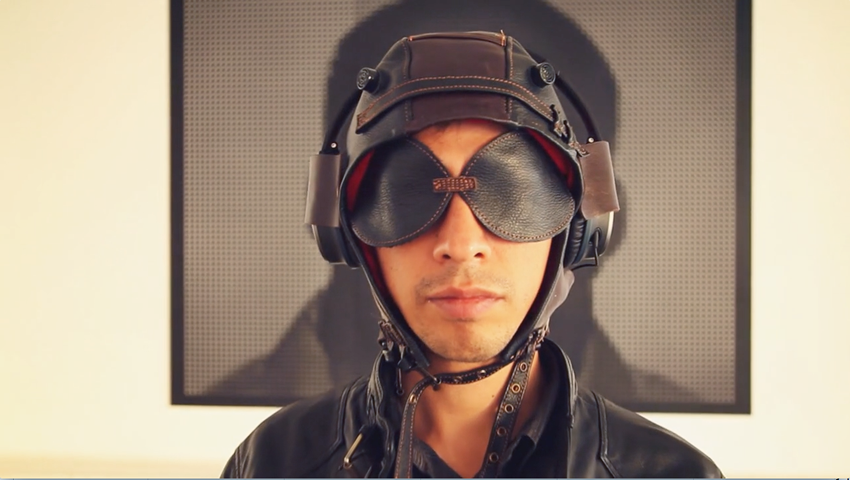
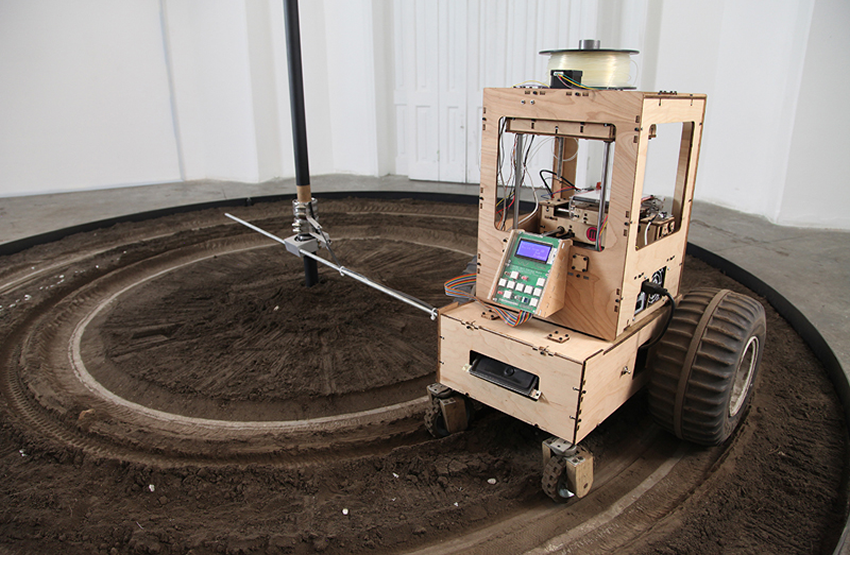
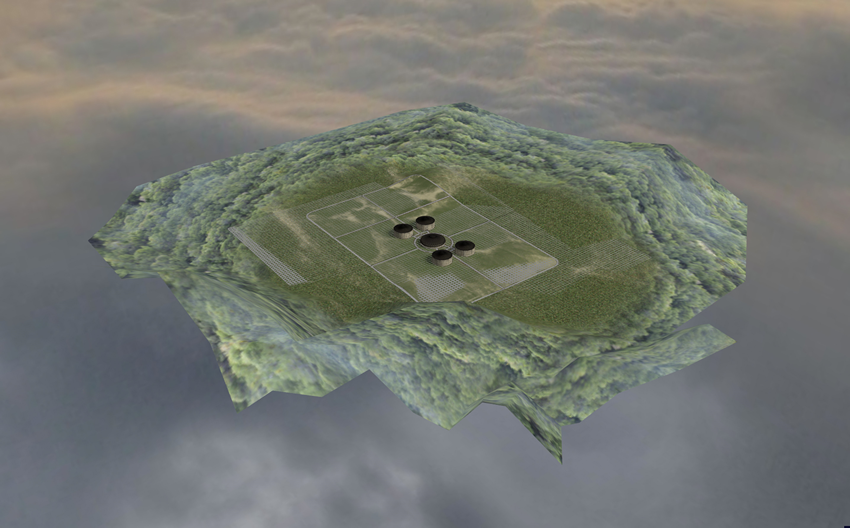
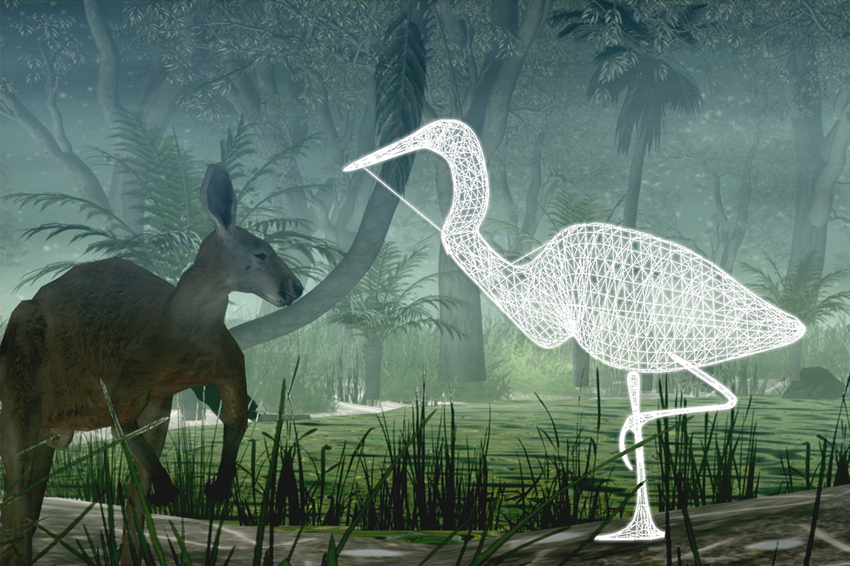
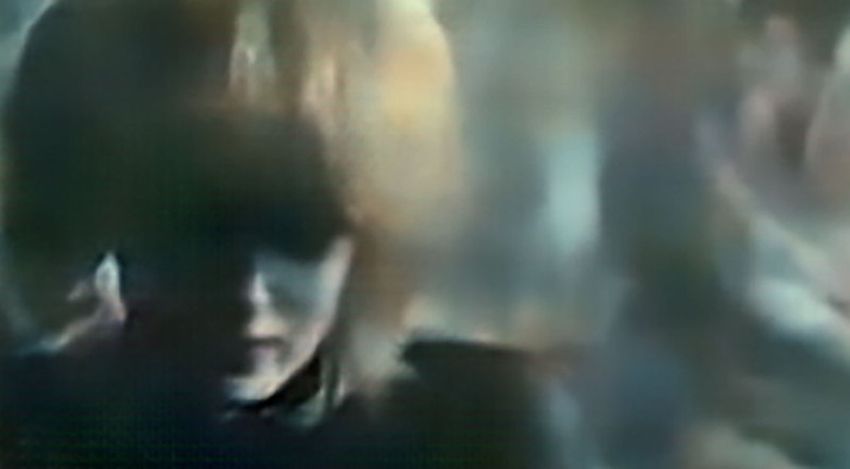
Leave a Reply